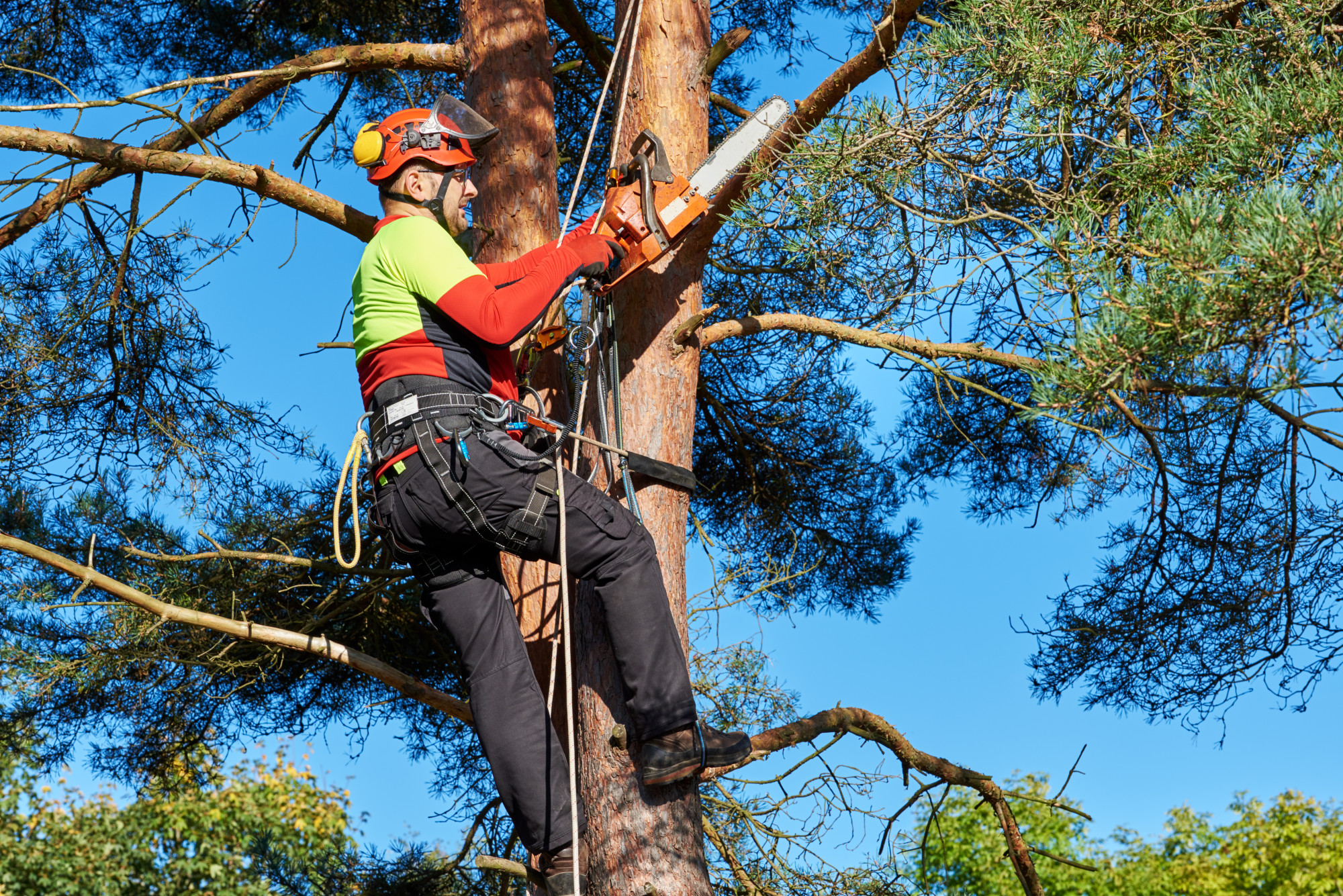Arbors have the potential to be an effective tool for both landscaping experts and homeowners who are looking to brighten up the appearance of either their backyard or front yard. But, for someone who isn’t trained in the field, arboriculture can be difficult to grasp. So, I will give you a concise summary of arboriculture, which will include its history, its applications, and its types. As soon as you have a firm grasp on the idea that underpins arboriculture — namely, which kind is ideal for your yard — you will be in a position to pick the tree that is most suited to your property. But, before you can move further with hiring an arborist for your garden, you need to have the necessary knowledge. Because, after all, not every arborist is made the same!
The discipline of designing and managing the trees, shrubs, and other plants in a landscape is referred to as arboriculture, which is also known as landscape architecture. In addition to this, the phrase may be utilized in the planning and administration of trees, shrubs, and other types of plants. The practice of arboriculture evolved from the older concept of plant protection, which focused on combating threats to trees and shrubs such as beetle and herbivore damage, which can be determined through an arborist report. Arboriculture, on the other hand, focuses on the cultivation of trees and shrubs for their aesthetic and practical value.
It stands to reason that the concept of protecting trees should be at the core of arboriculture given that the practice of arboriculture developed from the more traditional idea of tending to plants. There are two different ways to safeguard trees: culturally and mechanically.
Protections for Cultural Trees – There are a few cultural tree protections that are crucial to the toolbox of every arborist. The first step is to get rid of any and all animals that are rummaging through the garbage, such as rats, birds, and squirrels. The use of sprouter and potting soil are two more forms of cultural tree preservation.
Protections for Mechanical Trees – The toolkit of any qualified arborist should always include protections for mechanical trees. These may involve the use of chain saws, the mechanical removal of twigs and leaves, the removal and removal of weeds, and other similar practices.
When selecting the ideal arborist for your garden, it is important to think not only about the people you intend to speak with, but also about the people you want to be in charge of the management of your trees. You can rest easy knowing that you’re hiring a professional with the skill set to manage your trees if you go with an arborist who has a wide range of expertise and knowledge. This is preferable to going with a professional who might not have your best interests at heart. To begin, if you have a local arborist who is experienced with your region, they will be able to assist you in selecting the best tree for your garden. If you are familiar with the trees that should be avoided and the ones that should be chosen, you will be able to save money by avoiding trees that require removal and trees that require costly repairs after a storm.
Someone who can offer you with a comprehensive arborist report and who has your trust is the greatest option for your garden since they will maintain your tree and garden safe. When selecting an arborist for your yard, it is critical that you learn about their background as well as the different sorts of services they offer. If you have an arborist who is knowledgeable with your region, they can assist you determine whether or not a specific tree needs to be removed, as well as which trees can be left alone. A trustworthy arborist who can maintain your tree and garden safe is the greatest option for your garden and should be your first choice. You should do some research in order to locate an arborist with whom you are comfortable communicating either verbally, in writing, or in person.

